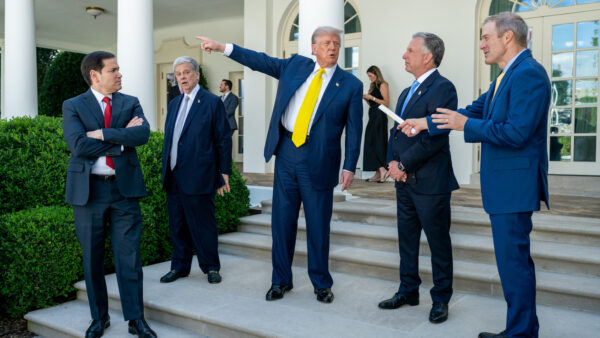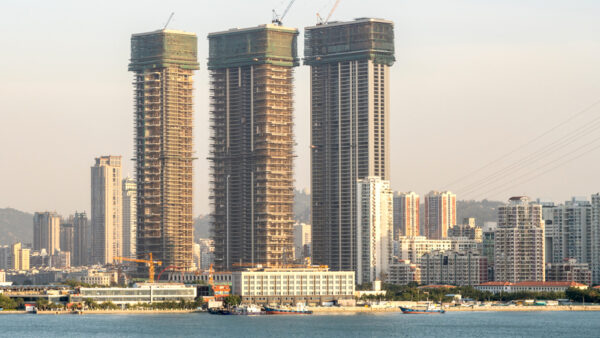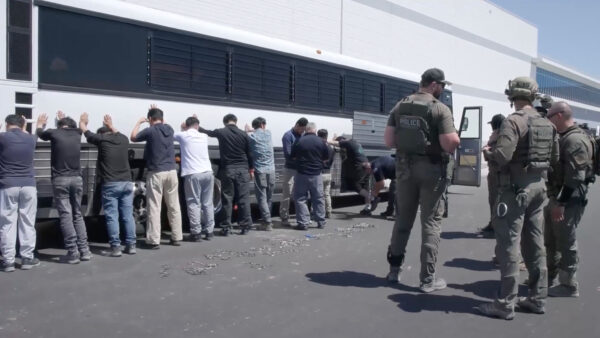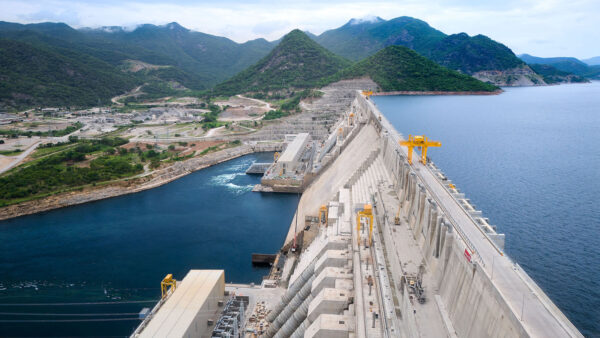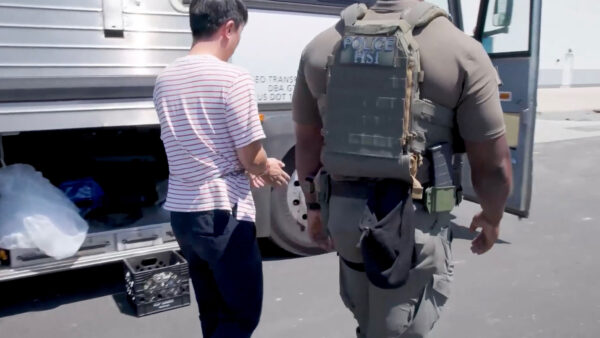Japan’s ambition to build a high-speed magnetic levitation railway in America took a step closer this week when the US Department of Transport agreed to give the State of Maryland $27.8m for a feasibility study into a 500km/h maglev rail link between Baltimore and Washington, DC.
The money, to be used for engineering analysis and planning costs, is a fraction of the estimated $10bn needed for the line, but the grant suggests that the federal government is taking the proposal seriously.
The announcement was greeted with enthusiasm by Maryland Governor Larry Hogan, who requested the cash after visiting Japan and riding on a maglev train there in June.
“The ability to travel between Baltimore and Washington, DC, in only 15 minutes will be absolutely transformative, not just for these two cities, but for our entire state,” he said.
“This grant will go a long way in helping us determine our next steps in this transportation and economic development opportunity.”
Japan is so keen to export its maglev technology that last year it offered to fund half the estimated $10bn cost of the 35km line.
Kenichiro Sasae, Japan’s ambassador to the US said in a press statement: “Working with the US government, the State of Maryland and Baltimore-Washington Rapid Rail, we will prove that this cutting-edge Japanese technology will be a great asset to the busy Northeast Corridor.”
US transportation secretary Anthony Foxx on Sunday became the latest US official to ride on Japan’s Yamanashi test line. According to a spokesman at Central Japan Railway, Foxx rode the maglev train for about 25 minutes, hitting a maximum speed of 505 km/h.
“It is obviously a testament to the great research of many people here in this country, to see this marvel of transportation,” Foxx told reporters after the ride.
Photograph: Maryland Governor Larry Hogan rode on an L0 series maglev train like this on the Chuo Shinkansen test track in Yamanashi, Japan, in June (Wikimedia Commons)

